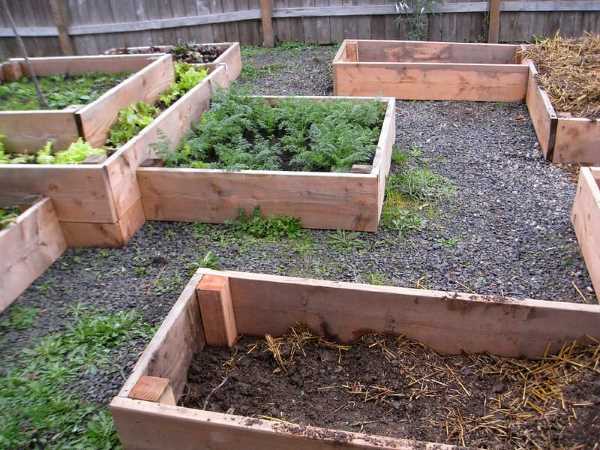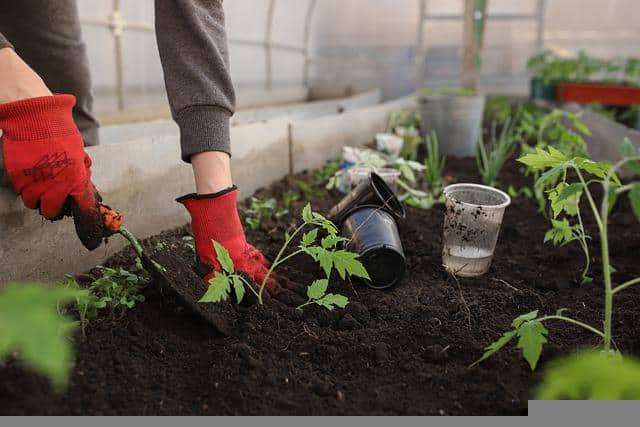Potager garden design means designing a Kitchen garden in French, it’s basically an area in your backyard, where you plant your vegetables and Fruits.
Thinking of having a potager garden design then you should be among people who love to grow and eat organic and healthy food usually growing veggies in their backyard.
What is the meaning of a potager garden?
In this Article
Potager garden means growing vegetables at home to fulfill your daily kitchen needs like veggies, fruits, and herbs. Growing your own food is not only a mantra for a healthy life but also puts less burden on your pocket, for example, an average price of tomatoes will cost you between $3 to $4 around the season. A single tomato plant can cost around $10-13$ and if you have a successful produce then you can easily cover the plant cost. Through this article, we will simplify the way you can grow veggies and fruits and yet make it look good potager garden design.
You might get many potager garden design ideas however, transforming the ideas into a step-by-step guide is what you can expect in this 5 minutes post.
How do I start a potager garden?
Few questions you may need to ask yourself before starting a potager garden design.
1. How do you plan a vegetable garden layout?
Selecting the right place to start is very important, one should keep in mind 2 important requirements of growing successful plants while doing a potager garden design. Light and Water
- Sunlight is a must
Fast-growing vegetable plants need direct sunlight for 7-8 hours a day. These plants should be kept in a place where direct sunlight is reached and avoid shade from Trees, houses, and Fences. For spaces that have partial sunlight or shade in most of the daytime you may go with plants that can grow in this condition, Spinach, Carrot, Peas, Beet, and Lettuce can be your pick. plants grown in shady places can do well even if they get 4 hours of sunlight a day
How often do you water a potager garden?
Choose a place where you can get water supply from Day 1 of planting seeds for your potager garden design. Initial days when the seed starts to germinate one needs to sprinkle water daily, but this should not result in over-watering rather you should feed your soil. Once your plants are established then water them 2-3 times a week with more water. This will keep moisture in the soil for a long time.

2. Raised Bed or Container: Key is to start with small.
After you decide on the landscape of your potager garden design, the next step is to select the container or go planting raised beds. since you are doing it for the first time, you should not invest much in pots. Try using containers of your packaged food, like plastic bottles, containers or go with raised beds

3. Include vibrant color
Visual elements are key when you are sorting out some way to plan a potager garden design. Variety is a pleasant approach to being expressive with plantings. This doesn’t mean you need to figure out how far from plants to plants. Based on the needs of the plants you can select the combination of color plants that goes well with each other. You can select a group of similar color plants or may have a contrast with multi-color flowering plants.

4. How to check the soil for Potager Garden
By the way, the needs of every plant in a potager garden design layout are different whether it is the matter of soil or sunlight, water or fertilizer, etc. Despite this, there are many such vegetables or fruits that require the same kind of care or soil, etc.
Generally, the soil used for vegetables should be well-draining (in which water does not stagnate) and loose so that oxygen can reach the roots easily. It should not be too heavy, which means it should be sticky or too sandy. Before you put the soil directly into your garden, it is an easy method to check its texture by putting the soil in the container.
If you want to grow vegetables in your garden, then first dig the garden 8 to 10 inches with the help of a shovel. If there is grass, or weeds in it, then remove it.
| Composition | Percentage |
| Garden Soil | 50% |
| Coco Coir | 10% |
| Sand | 10% |
| Organic Compost | 30% |
Organic compost is a gold for the soil. One can prepare organic compost from kitchen waste itself. check out details How to make Organic Compost from Kitchen waste

5. What are the best vegetables to grow for beginners?
As a beginner, start by picking simple-to-grow vegetables that you like to eat.
- Tomatoes – Average days to grow 60 to 100 days from seed
- Peas – Average days to grow 60 to 70 days from seed
- Carrot – Average days to grow 60 to 90 days from seed, belongs to shade vegetables
- Lettuce – Average days to grow 30 days
- Potatoes – Average days to grow 2 to 4 months, belongs to shade vegetables
- Radish – Plant gives you results in a month, belongs to shade vegetables
FAQs
Below are some of the unanswered queries related to potager garden which i have included for my readers in this article
Q1: What do you put in a potager garden?
Ans: Potager garden design consists of a combination of ornamental plants with edible plants to give a perfect color and design pattern for your potager garden needs. Ornamental plants like golden sunflower, French Marigold, and Orange Calendula can be accompanied by edible plants like beetroot, Pepper, and Carrot.
Q2: Can you mix flowers and vegetables in a garden?
Ans: Mixing Veggies and flower plants together can increase your production and companion of ornamental plants with Edible can help each other from various insects and weeds. For example planting beetroot with pepper will keep weeds away and its a common practice in the United States.
What kind of vegetables are planted in the kitchen garden?
Ans: Ingredients of a salad can be a nice option to start with, which includes edibles and herbs for a Kitchen garden and daily meals.
- Cucumber
- Tomatoes
- Carrot
- Mint
- Beetroot
- Cabbage
- Radish
- Lettuce
- Green Beans
We would like to know your journey on planting and growing. Please write to us at [email protected] Hope this is helpful.
